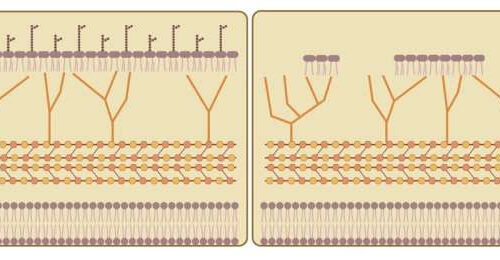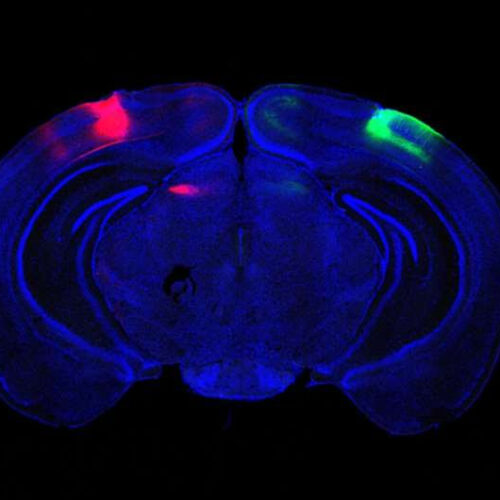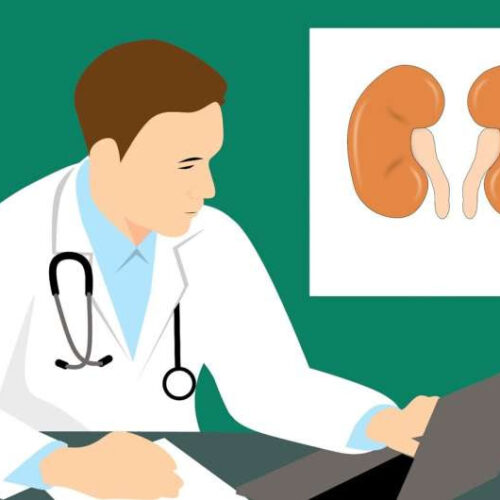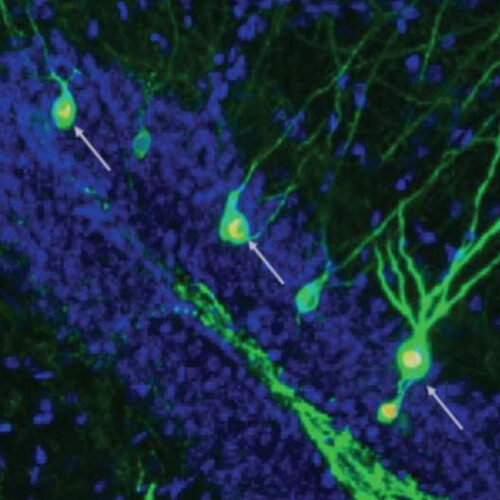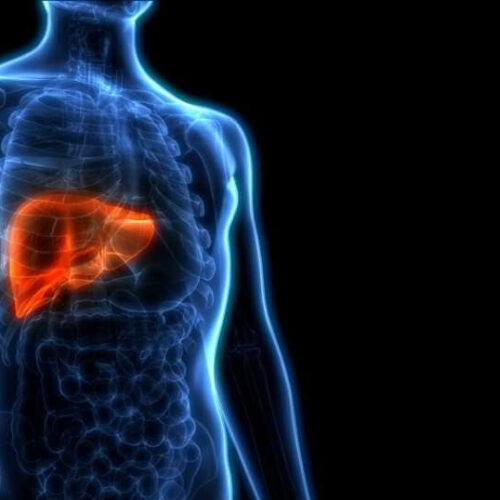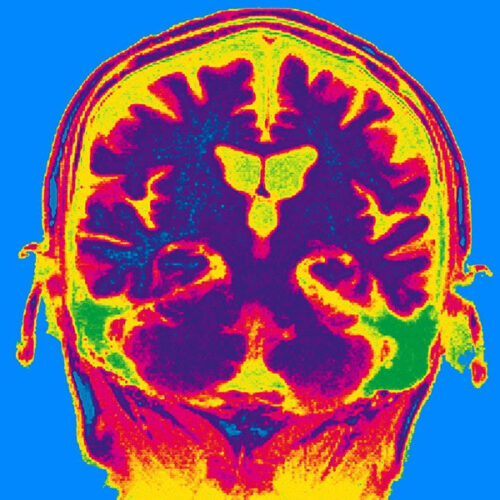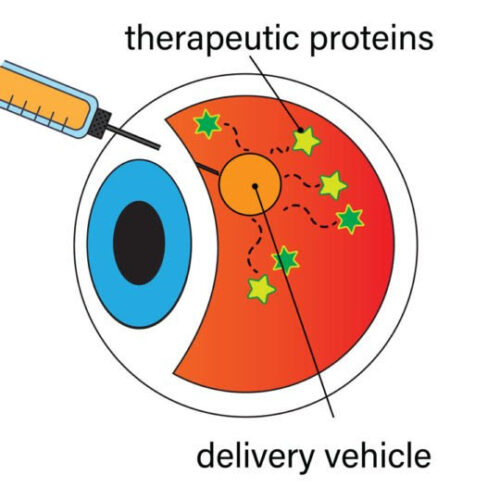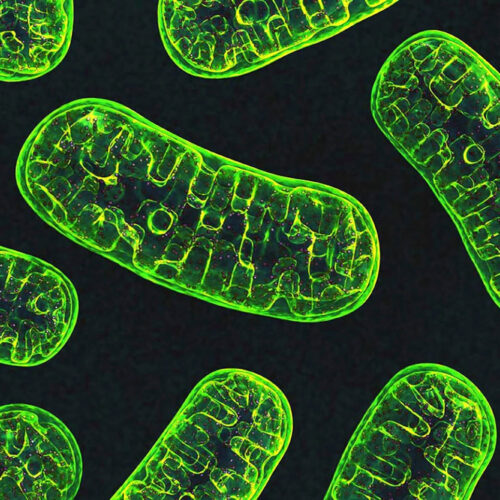by Texas Biomedical Research Institute BCG is a live attenuated vaccine used to protect against the development of tuberculosis disease, and is also used as the gold standard treatment for bladder cancer. BCG contains an array of surface lipids that are highly inflammatory (top row). The Texas Biomed team “delipidated” the BCG vaccine by removing...
When Alzheimer’s degrades cells that cross hemispheres, visual memory suffers
by Massachusetts Institute of Technology Scientists traced and studied neurons that connect the visual cortices in each hemisphere of the brain. Credit: Chinnakkaruppan Adaikkan/MIT PIcower Institute A new MIT study finds that Alzheimer’s disease disrupts at least one form of visual memory by degrading a newly identified circuit that connects the vision processing centers of each...
Metabolism may be key to future treatment of kidney diseases
by Aarhus University Credit: Pixabay/CC0 Public Domain Can you eat your way out of a kidney disease? Perhaps you can—according to a new study from Aarhus University. In the study, Associate Professor Markus Rinschen from Aarhus Institute of Advanced Studies and Department of Biomedicine has shown that the intake of the amino acid lysine, an over-the-counter...
Boosting neuron formation restores memory in mice with Alzheimer’s disease
by Rockefeller University Press The new study shows that boosting neurogenesis increases the number of newly formed neurons involved in storing and retrieving memories (arrows) in the hippocampus of mice with AD. Credit: Mishra et al. Researchers at the University of Illinois Chicago have discovered that increasing the production of new neurons in mice with Alzheimer’s...
Researchers identify the target of immune attacks on liver cells in metabolic disorders
by Weill Cornell Medical College Illustration of human liver anatomy. Credit: Shutterstock When fat accumulates in the liver, the immune system may assault the organ. A new study from Weill Cornell Medicine researchers identifies the molecule that trips these defenses, a discovery that helps to explain the dynamics underlying liver damage that can accompany type 2...
When spinal fluid from ALS patients was put into mice, the mice got weak. An unlikely protein could be the culprit
By Isabella Cueto Aug. 22, 2022 A researcher works in the lab at the Tisch MS Research Center of New York. COURTESY TISCH MS RESEARCH CENTER OF NEW YORK It was a shot in the dark — or at best, a dimly lit room: injecting a mouse with a little bit of spinal cord fluid...
Brain stimulation leads to long-lasting improvements in memory
Diana Kwon Different kinds of memory are controlled by different parts of the brain. Credit: BSIP/UIG/Getty People’s ability to remember fades with age — but one day, researchers might be able to use a simple, drug-free method to buck this trend. In a study published on 22 August in Nature Neuroscience1, Robert Reinhart, a cognitive neuroscientist...
‘CHAMELEON COMPOUNDS’ OFFER NEW WAY TO FIGHT BRAIN TUMORS
The discovery, which combines innovative synthetic chemistry and cutting-edge mechanistic studies in molecular biology, offers a potentially powerful new approach to treating drug-resistant glioma tumors that form in the brain and spinal cord. “A major problem in treating gliomas is that patients can rapidly develop resistance to the drug temozolomide, which has been the backbone of...
With therapeutic protein delivery strategy, researchers pave way for degenerative eye disease treatments
A University of Toronto research team has created a new platform that delivers multiple therapeutic proteins to the body – each at its own independently controlled rate. The innovation could help treat degenerative diseases such as age-related macular degeneration (AMD), the leading cause of vision loss for people over 50. In this diagram, the orange circle represents a new...
Researchers discover what causes cell ‘batteries’ to run down
Researchers at the University of Toronto have discovered how mitochondrial turnover – a critical cellular function – begins. Mitochondria. Image credit: National Institutes of Health Mitochondria are like the batteries of our bodies. They’re vital energy sources for cells and are necessary to regulate function in almost all cell types. And, like batteries, mitochondria need to...

